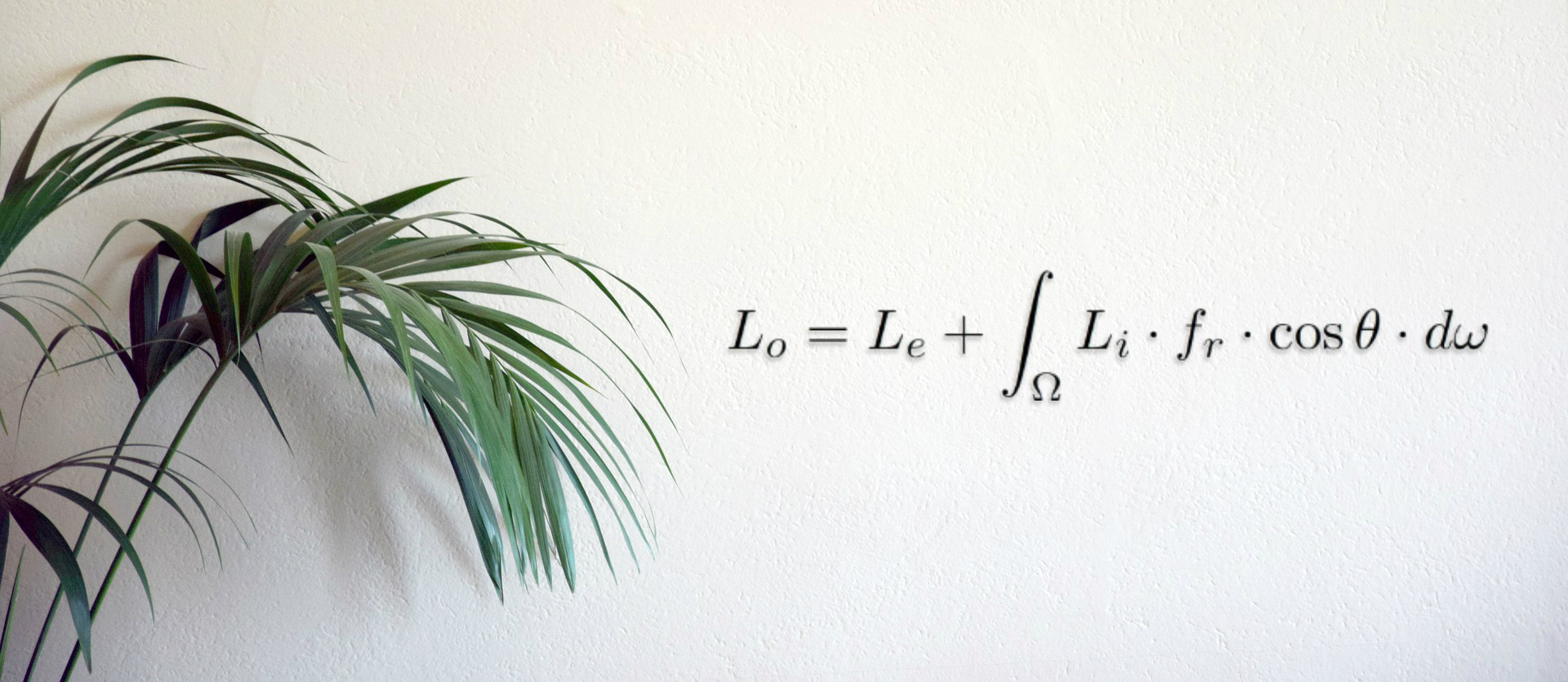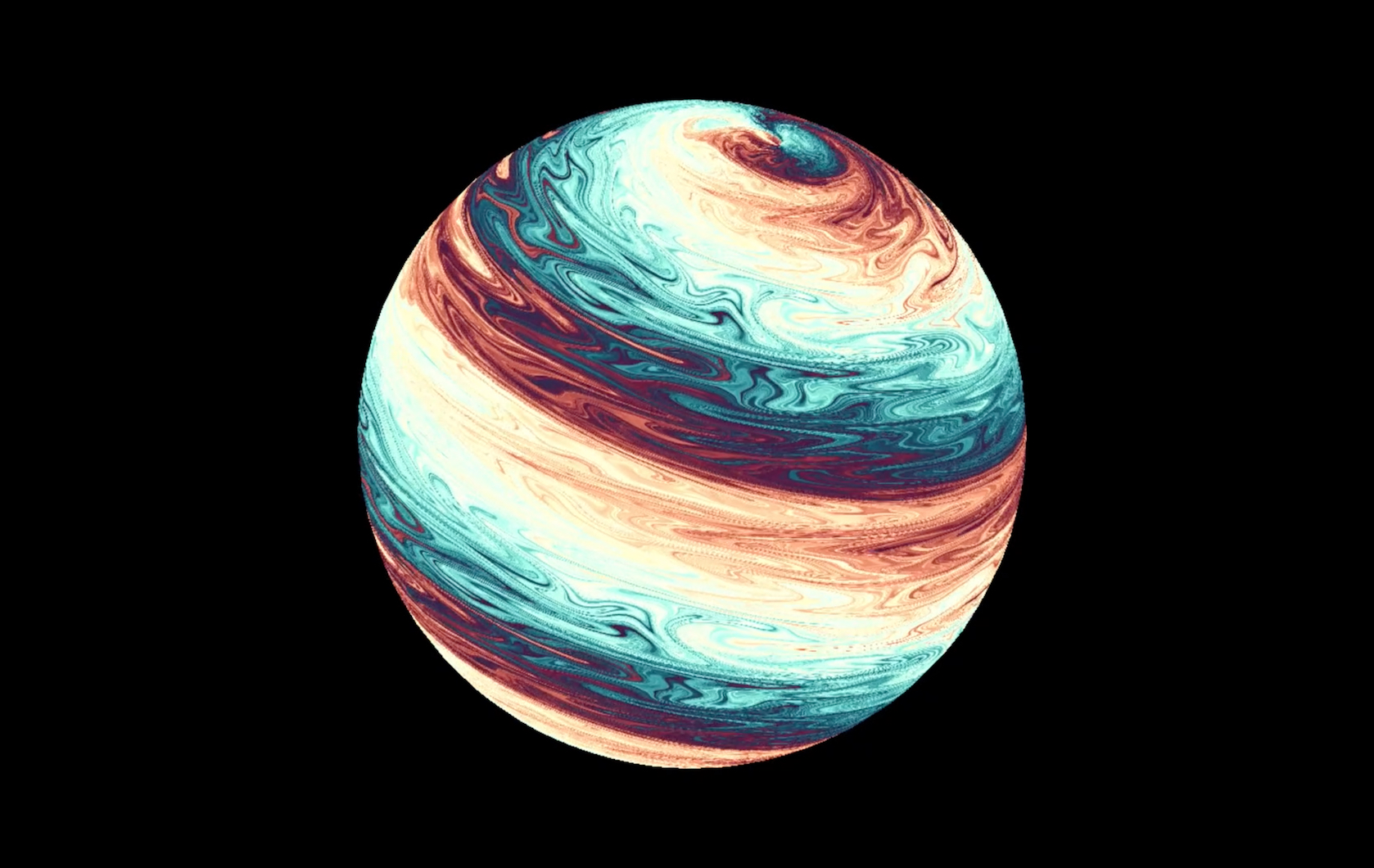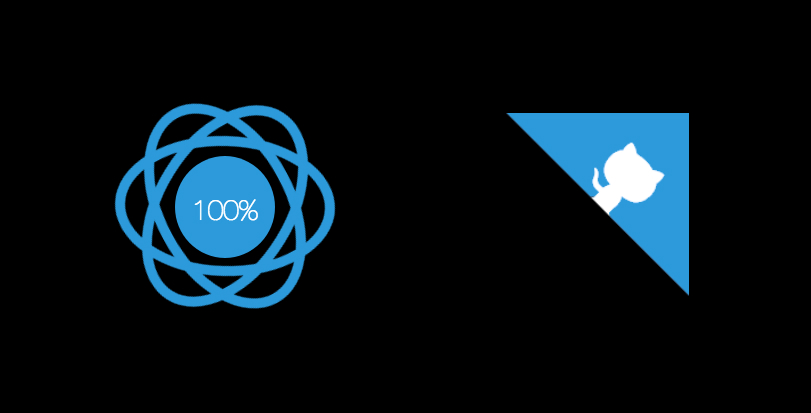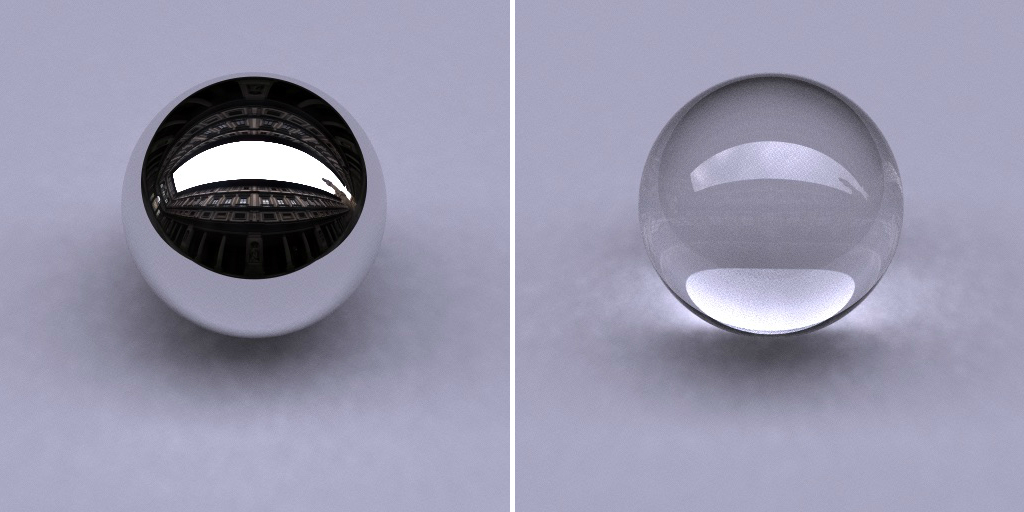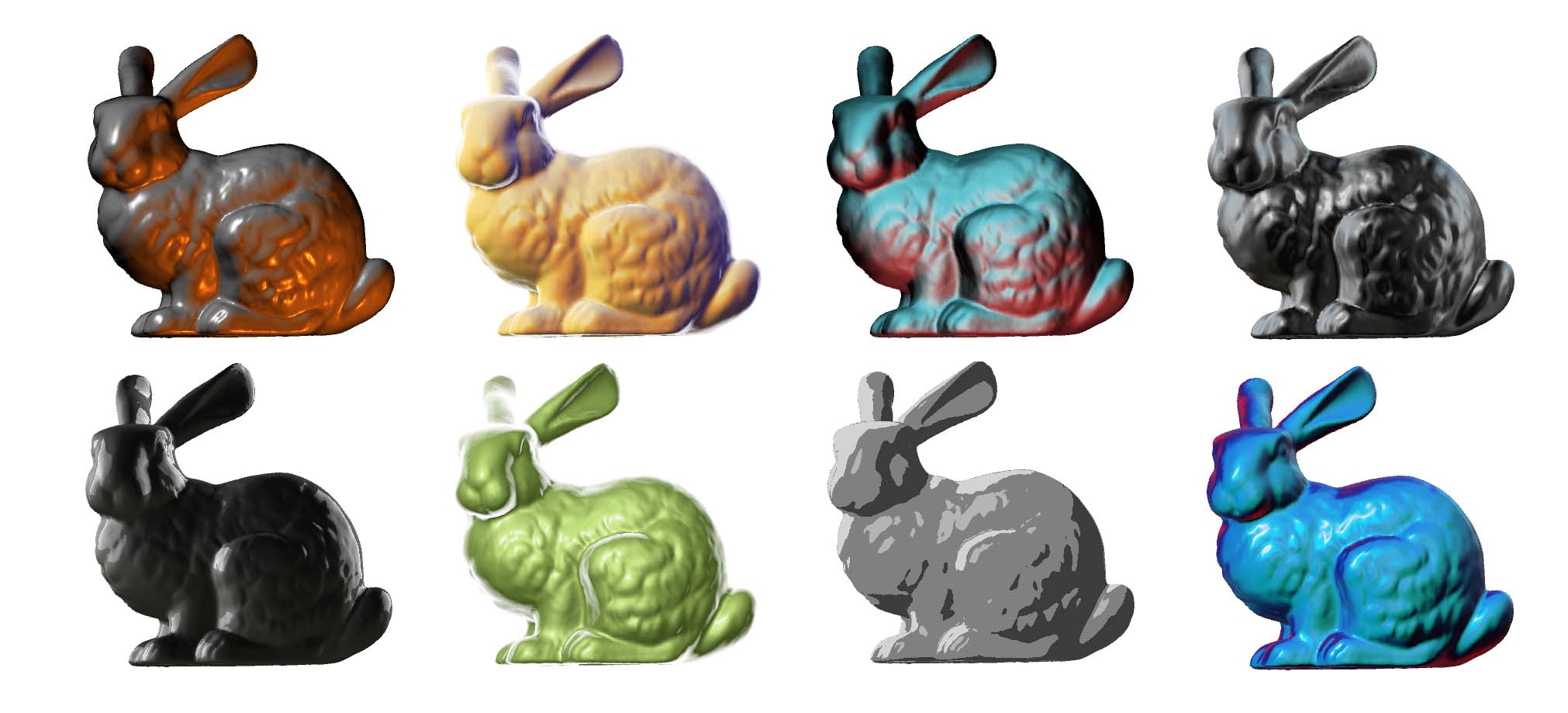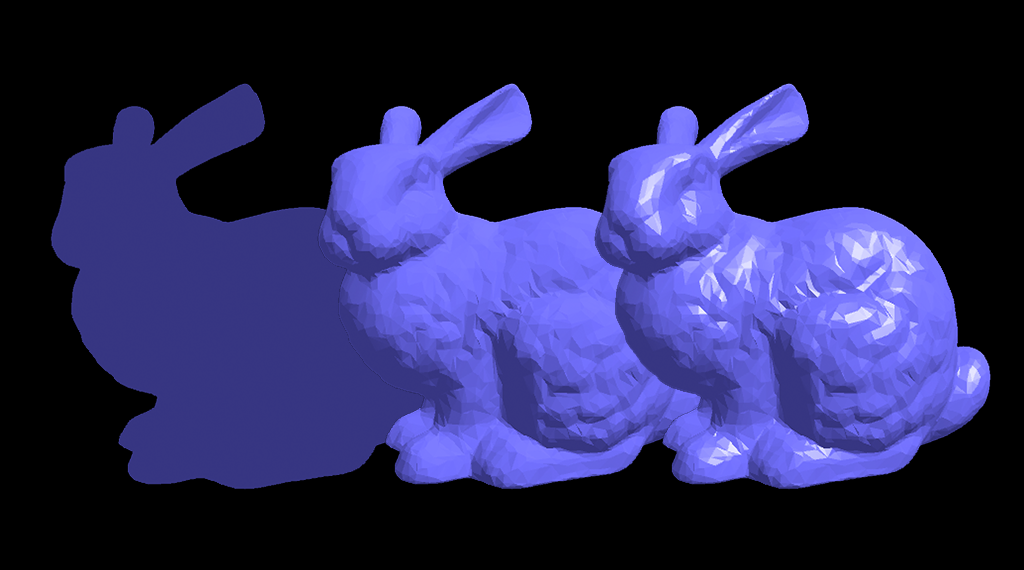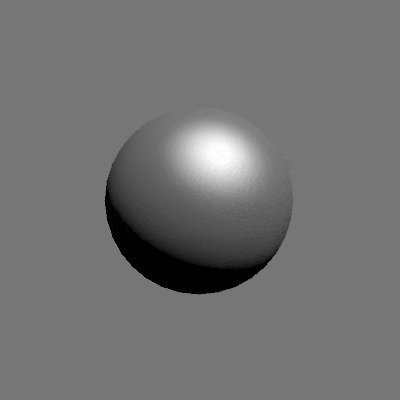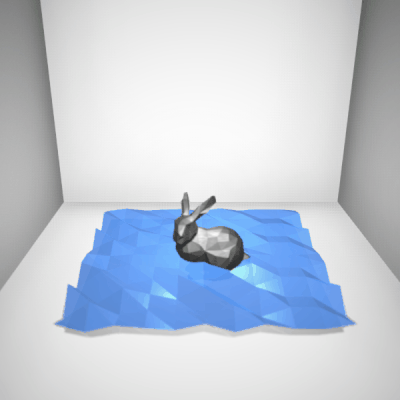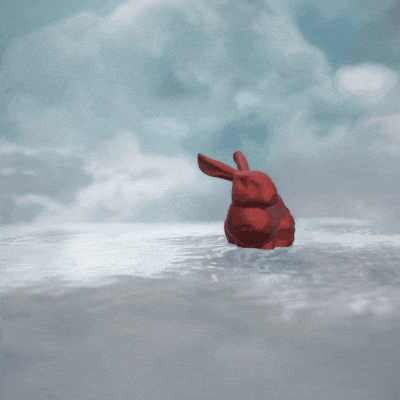 1000 Forms of Bunnies
victor's tech art blog.
1000 Forms of Bunnies
victor's tech art blog.
Raytracing - Rendering Equation Insight
Where the journey of physically based rendering begins. The Rendering Equation The physical basis for the rendering equation is the law of conservation of energy. Assuming that L denotes radiance, we have that at each particular position and direction, the outgoing light (Lo) is the sum of the emitted light (Le) and the reflected light. Th... Read more 30 Jun 2018 - 1 minute read
GLSL Practice With Shadertoy
Getting started to use Shadertoy to learn and practice GLSL. Here are the first few examples I’ve been playing around. Also got the shaders embedded in my blog page. Here I documented some of my exploration about the website and some best-practice. Shadertoy First Try Watercolor Blending Made a simple shader iterating a combination of sine... Read more 12 Jun 2018 - 5 minute read
Git Corner And Loading Effect Setup
Note for setting up GitHub Corners gadget on the web page to link to github repository, and for formatting my WebGL page with nice loading effect. For GitHub Corners, big thanks to the author tholman . And about the loading effect I am using PACE. Here is the code for modifying my WebGL html page to setup those gadgets: <html> ... ... Read more 03 Jun 2018 - 1 minute read
PBRT Setup and Rendering Test
First PBR rendering test, looking neat. I’ve been working on this famous book about physics based rendering technique(PBR). It is a huge book that covers nearly everything about PBR from theories (physics/mathematics/computer science) to code implementation of the whole system. I am going to post my reading/researching notes on the blog just... Read more 27 May 2018 - 2 minute read
Assembly Insight - Part 1
Just came across this Gem when browsing cat videos on Youtube. After watching it I decided to run through the case by myself on my mac to see how a C program is working under the hood. I also want to be a bit geeky this time - just use Vim to write raw C program, and use command line to compile the program and also run the executable. Everything... Read more 07 Apr 2018 - 3 minute read
Infinite Possibility Of MatCap Shader
MatCap (Material Capture) shader uses an image of a sphere as a view-space environment map. It’s very cheap and looks great when the camera doesn’t rotate. It is widely used in 3D sculpting software (like Zbrush) to preview meshes. Reference Explaination of application in Zbrush Paper: The Lit Sphere: A Model for Capturing NPR Shading ... Read more 01 May 2016 - 1 minute read
Recreate Phong Shading Model In Unity
Phong shading model is one of the most classic realistic shading models. It captures the basic features of a lit object using a very concise and straightforward theory. It matches people’s observation in daily life, and also easy to describe using math. Therefore, Phong shading model is always used as the base for other artistic shading effe... Read more 19 Apr 2016 - 3 minute read
Specular Shading Optimization For A More Natural Looking
Low poly water mesh with unity standard specular material. When learning and practicing shader programming for Unity, I found the Cg Wiki website extremely benevolent on getting a well-rounded understanding of how to shade an object step by step. Apart from the magic configuration parts(Shader Properties/Passes/Tags etc.) of a typical Unity sh... Read more 10 Apr 2016 - 2 minute read
Low Poly Water
Low poly water mesh with unity standard specular material. My first water shader exploration in unity started with trying to make the water surface waving. This required mesh manipulation through shader or scripts. By playing around it, I got to know more about what other effects I can try, and above is a little side-achievement – a nice low p... Read more 29 Mar 2016 - 3 minute read
Water Shader Exploration - Part 1
Final work w/ transparency and faint tint. First try of making a water effect in Unity. Intro One of my current VR projects needs a nice and light water shader. I have been working on it for a while and keep iterating the the overall effect. Here is the water effect I have achieved so far, however it’s still far away from perfect simulatio... Read more 28 Mar 2016 - 1 minute read
